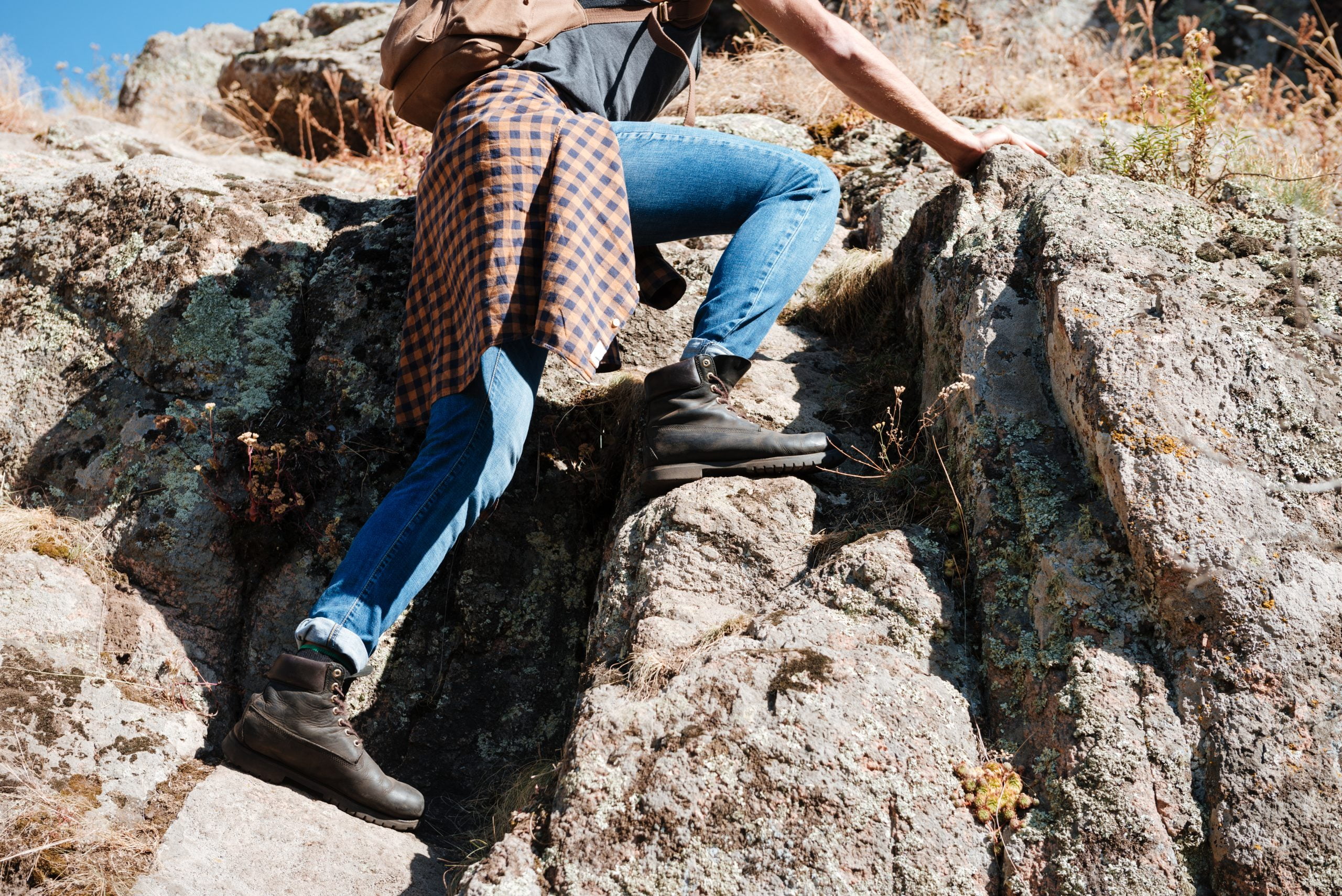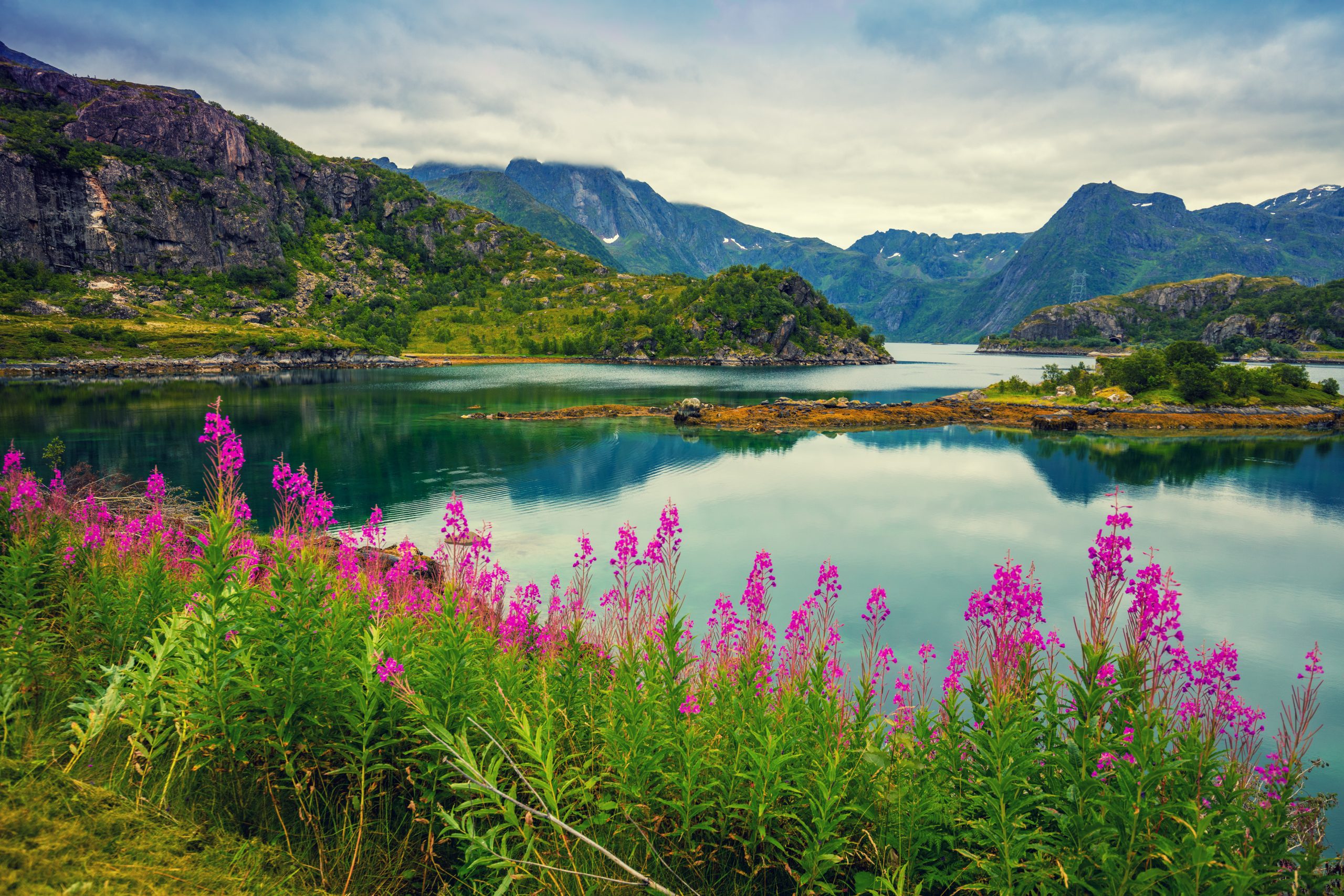Introduction to Wilderness Survival
If you’re planning on exploring the great outdoors, it’s essential that you know how to survive in any situation. Whether you’re hiking through a forest or trekking across a desert, there are certain skills you need to have to ensure your safety. In this section, we’ll cover some basic wilderness survival tips that will help keep you alive no matter where you roam.
For starters, make sure you always bring enough water with you when venturing into the wild. Dehydration can set in quickly, especially if you’re in a hot climate, so be prepared by bringing extra bottles of H2O. You should also pack non-perishable food items like trail mix or energy bars, as well as a first aid kit in case of emergencies.
Another important aspect of wilderness survival is knowing how to start a fire. This can be done using matches or a lighter, but it’s also helpful to learn how to use natural materials like sticks and rocks to create friction and spark a flame. Additionally, having a map and compass on hand can help you navigate unfamiliar terrain and avoid getting lost.


Finally, don’t forget about protecting yourself from insects and other pests. Bring bug spray or repellent with you, and consider investing in clothing that covers your arms and legs to prevent bites. Remember, being proactive is key when it comes to staying safe in the wilderness.
Forests and Jungles: The Ultimate Guide to Exploring the Wild
One of the most popular places for adventurers to explore is the forest or jungle. These dense, green environments offer endless opportunities for discovery and excitement. However, they can also pose unique challenges when it comes to survival. Here are some tips for navigating these types of terrains.
Firstly, try to stick to established trails whenever possible. While it may be tempting to veer off into unknown territory, doing so can put you at risk of getting lost or injured. If you do find yourself off the beaten path, look for landmarks like rivers or mountains to guide you back towards civilization.
Next, pay attention to the weather patterns in the area. Heavy rain or wind can cause trees to fall or flooding to occur, putting you in danger. Be aware of potential hazards like poisonous plants or animals, and take appropriate precautions like wearing gloves or carrying a first aid kit.
When setting up camp in a forest or jungle, choose a location that is elevated and not prone to flooding. Clear away any debris or brush around your campsite to reduce the risk of fires spreading. Finally, remember to respect the environment and leave no trace behind.
Deserts: How to Stay Alive in Harsh Conditions
The desert is another popular destination for adventure seekers, but its harsh conditions require specialized knowledge to survive. Here are some tips for making it through this unforgiving landscape.
Firstly, stay hydrated! Drink plenty of water before, during, and after your trip to prevent dehydration. It’s also crucial to carry enough water with you to last throughout your entire journey. Consider investing in a portable filtration system to purify any water sources you come across.
Secondly, wear appropriate clothing to protect against sunburns and heat exhaustion. Lightweight, breathable fabrics are best, along with a wide-brimmed hat and sunglasses to shield your face from the sun.
Thirdly, watch out for venomous snakes and scorpions, which are common in many desert areas. Carry a first aid kit with anti-venom medication just in case.
Lastly, plan ahead and research the specific challenges of the desert you’ll be visiting. Some deserts may have limited resources available, while others may experience extreme temperatures at night. By preparing accordingly, you can increase your chances of success and enjoy all that the desert has to offer.
Mountains: Conquering Peaks and Overcoming Challenges
For those seeking a more rugged challenge, mountain climbing may be the perfect activity. But scaling peaks requires careful planning and execution to ensure safety. Here are some things to consider before embarking on a mountaineering expedition.
Firstly, obtain proper training and equipment. Take courses on rock climbing techniques and gear maintenance, and invest in high-quality gear like boots, crampons, and ice axes.
Secondly, pick a suitable route based on your skill level and physical fitness. Research the terrain and weather patterns carefully before choosing a peak to conquer.
Thirdly, never attempt to summit alone. Always bring a partner or team to provide support and assistance in case of an emergency.
Fourthly, acclimatize properly to the altitude. Spend several days at base camp adjusting to the thin air before attempting to ascend higher.
Finally, listen to your body and know your limits. Don’t push too hard or ignore warning signs like fatigue or shortness of breath. With proper preparation and caution, you can successfully tackle even the toughest mountain ranges.